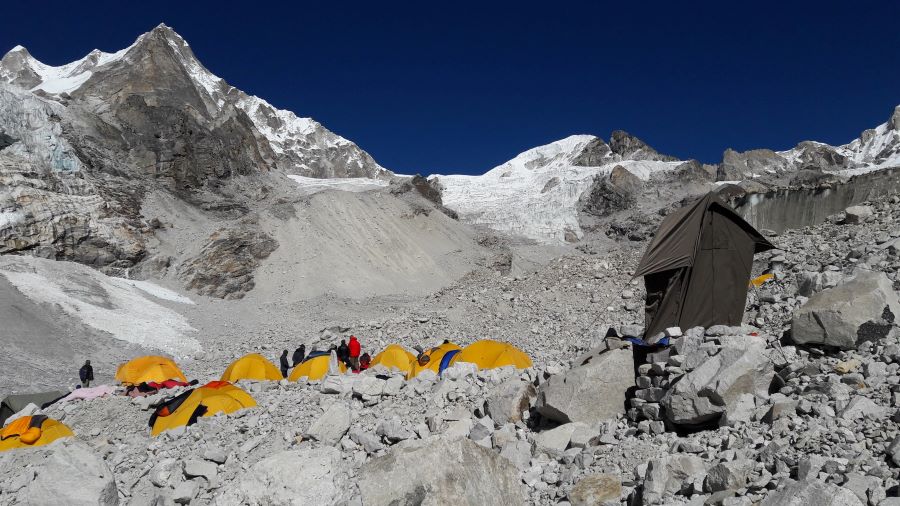Mt. Makalu, towering at 8,485 meters (27,838 feet), is the 5th highest mountain in the world, located in the Mahalangur range of the Nepal Himalayas. Known for its challenging climb, steep ridges, and technical ascent, Makalu provides an adventurous and rewarding experience for mountaineers. The expedition to this majestic peak offers spectacular views, with a journey that winds through remote valleys, dense forests, and high-altitude landscapes. A true challenge for seasoned climbers, the Makalu Expedition pushes climbers to their limits while providing an exhilarating ascent.
Trip Highlights:
- Spectacular Views: Enjoy stunning views of surrounding mountains, including Everest, Lhotse, and Cho Oyu, as you trek towards base camp.
- Challenging Technical Climb: Navigate steep ridges, icefalls, and rocky terrain, making this climb one of the most demanding.
- Remote Wilderness: The trek takes you through less-explored areas, offering an authentic and isolated Himalayan adventure.
- Summit Victory: Reaching Makalu’s summit is a momentous achievement, with panoramic views of some of the world’s highest peaks.
- Rich Culture: Experience the local culture of the Sherpa communities, traditional monasteries, and remote villages.
The Mt. Makalu Expedition is perfect for climbers who are seeking a high-altitude challenge and the opportunity to conquer one of the world’s most formidable peaks.







